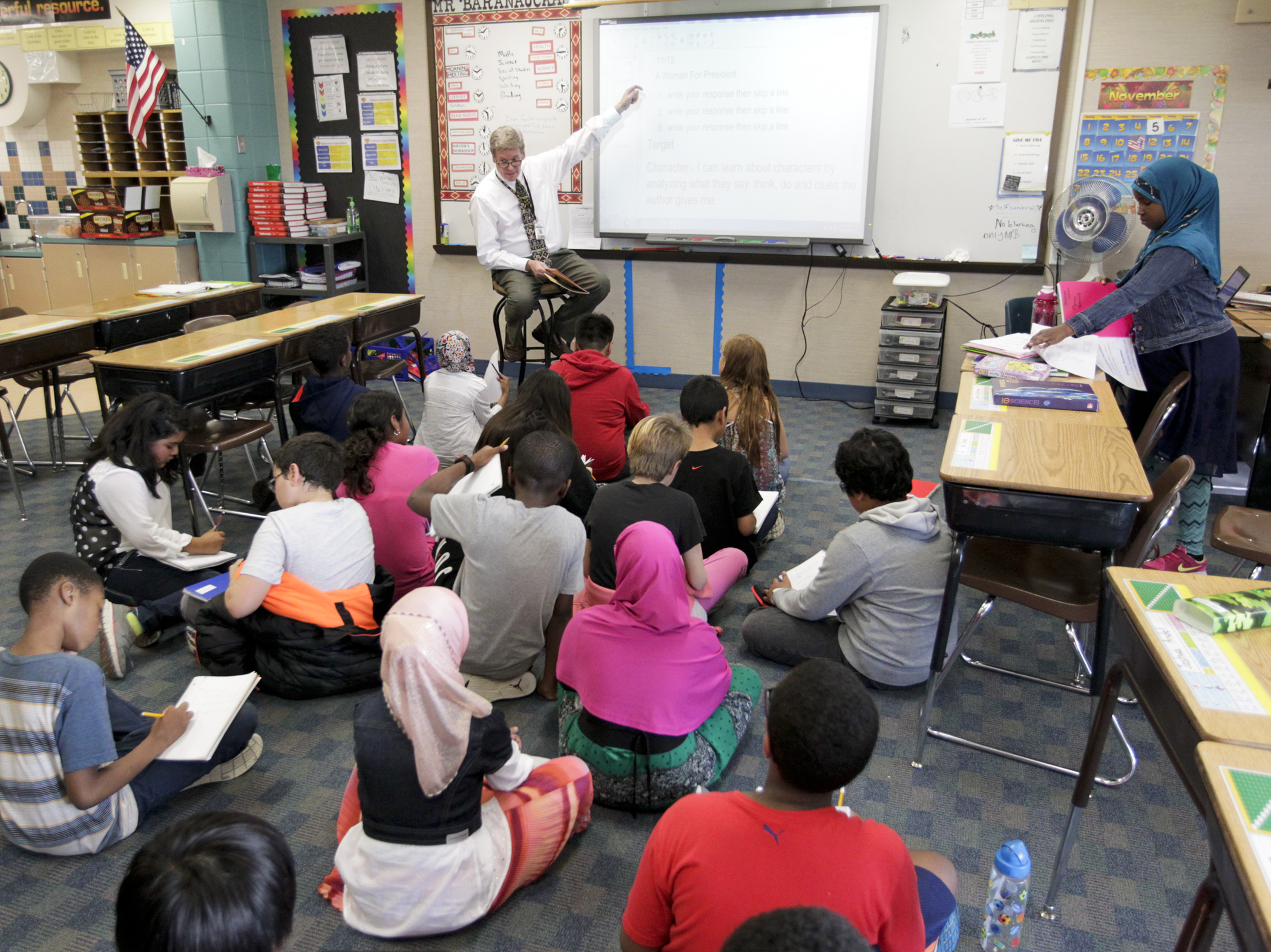Possible solutions offered to student social-emotional and academic challenges

Since the beginning of the legislative session, the House Education Finance Committee has heard from several students, educators and state agency staff on the impacts COVID-19 is having on the school system.
Furthering that discussion, the committee dedicated its Tuesday meeting to learning about potential solutions to address existing — and in many cases worsened — social-emotional and academic challenges students are facing.
The negative impacts have been far-reaching, and include inequitable digital access, food insecurity, mental health concerns and academic learning loss.
“As we know, the COVID-19 pandemic has exposed a great number of inequities in our country and has affected BIPOC [Black, Indigenous and people of color] communities disproportionately and devastatingly,” said Renee Starr, youth programs manager at Brooklyn Center Community Schools.
Full-service community schools
As schools and districts have pivoted during this period of disrupted learning, Starr noted that having strong community partnerships with private and non-profit organizations has made the district more agile.
“I don’t want to paint a false image that we immediately pivoted or anything like that, things have been trying for all of us,” she said. “I will say that because we had so many established relationships with strong organizations who already share the same vision as us, we were able to pivot pretty quickly.”
Through the full-service community school model, Starr said the district and its partners distributed devices for online learning to every student, aligned internet services for families, conducted door-to-door and phone outreach, and delivered over 200 support packs containing equipment for families to get access to personal protective equipment.
The district is also launching a mobile health center, which is already providing flu shots and winter weather gear to members of the community, along with delivering books, as well as evening and weekend food to supplement the nutrition program.
Noting that the district works with over 100 partners, Rep. Cheryl Youakim (DFL-Hopkins) asked how long it took to build those connections.
Brooklyn Center Community Schools has used the community school model for 10 years, according to Starr, “These partnerships don’t just form overnight.”
Other possible solutions
Stephanie Taufen, a teacher at Hilltop Elementary in Inver Grove Heights, spoke in support of several measures geared toward addressing racial disparities, including increasing teachers of color and implementing anti-racist or anti-bias training for educators.
Taufen said she participates in weekly “Building Anti-Racist White Educator” meetings that emphasize, “We as white educators can’t rely on our colleagues of color to be the only ones challenging white supremacy in our education system.”
Following-up on a policy suggestion to recruit more teachers of color, Rep. Ron Kresha (R-Little Falls) asked, “How do we make sure our adherence to looking through a racial justice lens doesn’t push out quality teachers and doesn’t put us in a position where we’re switching the biases from diversity in education to biases against quality teachers?”
Other policy and funding considerations presenters proposed to help address the impact of the pandemic include:
- expanding broadband internet and access to technology equipment;
- reducing the importance of standardized tests when measuring student success;
- reducing class sizes;
- providing additional funding for extended time learning opportunities and transportation to get students to and from those activities; and
- increasing mental health support services.
Related Articles
Search Session Daily
Advanced Search OptionsPriority Dailies
Speaker Emerita Melissa Hortman, husband killed in attack
By HPIS Staff House Speaker Emerita Melissa Hortman (DFL-Brooklyn Park) and her husband, Mark, were fatally shot in their home early Saturday morning.
Gov. Tim Walz announced the news dur...
House Speaker Emerita Melissa Hortman (DFL-Brooklyn Park) and her husband, Mark, were fatally shot in their home early Saturday morning.
Gov. Tim Walz announced the news dur...
Lawmakers deliver budget bills to governor's desk in one-day special session
By Mike Cook About that talk of needing all 21 hours left in a legislative day to complete a special session?
House members were more than up to the challenge Monday. Beginning at 10 a.m...
About that talk of needing all 21 hours left in a legislative day to complete a special session?
House members were more than up to the challenge Monday. Beginning at 10 a.m...